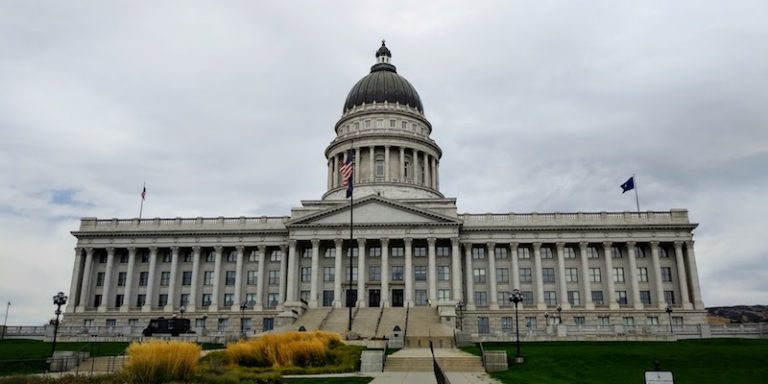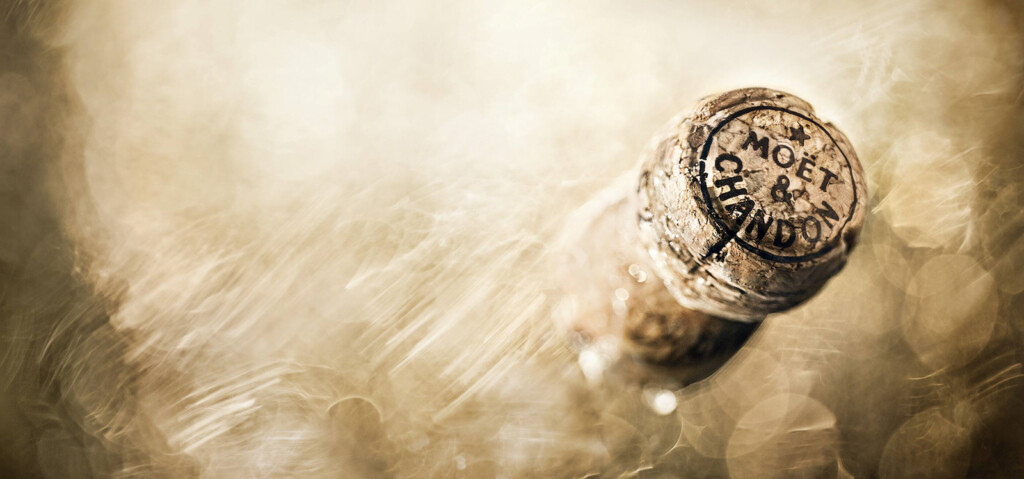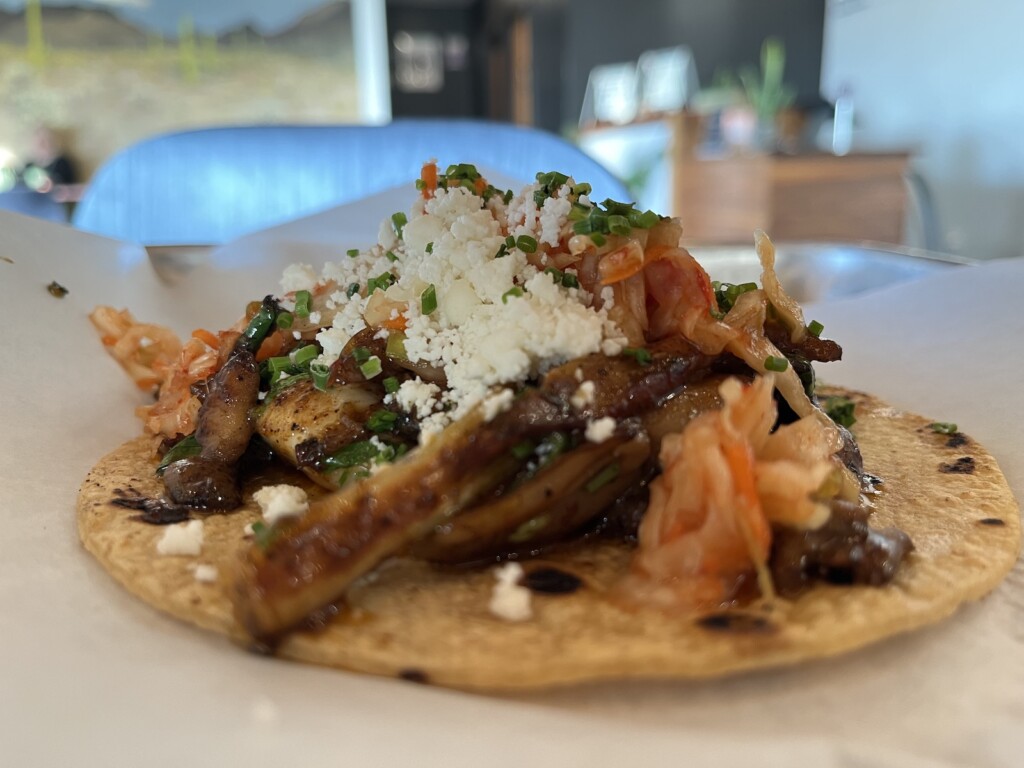
It was April 5th, 1876 when the sky began to fall. “This is a day that time will not forget,” declared a reporter for the Deseret News Weekly. But today, 144 years later, hardly anyone remembers the explosion that rocked Salt Lake City. The blast was so powerful that every building within a 2-mile radius was damaged. Here’s how it happened.
It was a busy day in Salt Lake as the residents prepared for the upcoming LDS General Conference. People had arrived early to visit friends, see the sights, and shop the pre-conference sales. The day’s bitter cold was heightened by a stiff breeze. The streets were packed and a crowd of 30 boys had assembled to play baseball at the Old Deseret Field near Arsenal Hill (now Capitol Hill).
All was well until 5:00 pm when a terrible roar filled the air. People covered their ears and shrank from the sound. According to the Deseret News, “hundreds of people fell to the ground, women and children screamed and many men turned pale.” Some ran toward the explosion, others away.
Horses bolted and wagons overturned. Some of the boys on the baseball field were knocked unconscious and others ran for their lives as 3 more blasts turned the day into a nightmare of noise and confusion.
“It’s the end of the world,” people shouted, “it’s an earthquake!” Some thought it was a volcano, as an immense mass of fire shot heavenward. A survivor described the explosion as “a column of smoke and flames as grand as Vesuvius ever belched forth.”
There was nowhere to escape, as by now the skies had turned deadly. Rocks and debris rained from the heavens, hammering the city in a furious storm. People who were outside sought shelter where they could and those indoors dodged flying glass and collapsing roofs. At Shingleton’s Saloon – a mile from the explosion – a 115 pound boulder soared like a cannonball, crashing through the roof and narrowly missing two men who sat at a table. The rock smashed through the floor as well, embedding itself 20 inches deep in the dirt of the cellar.
When the chaos finally abated, people crept from under cover and made their way towards the source of the explosion. Arsenal Hill, so named for the four powder magazines that sat atop it, had been chosen as a storage sight for explosives because it sat high above the populated parts of the city. This supposed safety feature ultimately increased the damage as it allowed the concussion waves to spread farther, unimpeded by buildings and other barriers.
The first to arrive on the scene were met with a fearful sight. There were four giant craters where the powder magazines had stood, and scattered around the area were body parts and pieces of clothing which had belonged to two boys – Charles Richardson and Frank Hill.
The boys had been grazing a small herd of cattle on the side of Ensign Peak, and as they neared Arsenal hill began taking potshots at a flock of birds passing by. It was concluded that one of the shots had ignited some loose gunpowder on the ground which set off the first explosion. This caused a domino effect on the other three buildings.
When all was said and done, 500 tons of rock and other matter fell onto the city. Over 500 thousand dollars in damage was sustained to buildings, windows, and other structures. With perhaps the worst damage inflicted on a flour mill owned by Brigham Young. The mill located near the blast, was lifted from its foundation and destroyed. Incredibly a timber 12 inches square was broken in half.
While hundreds were injured in the catastrophe, only 4 people were killed. In addition to the two boys who caused the accident, Joseph H. Raddon, a three-year-old boy who had been playing in his front yard was killed when a 5-pound rock hit him in the chest. Another victim was Mary Jane Van Natta, a pregnant woman who had been drawing water from a well when she was hit by flying rocks. Ms. Van Nattta was 3/4 of a mile from the blast site.
The only good thing that came from this disaster was a reform of the city’s policy for storing the arsenal. Previously, there had been no restriction on the type or number of explosives housed there and approximately 45 tons were present at the time of the blast.
The problem had to be addressed immediately as two train cars full of explosive powder were scheduled to arrive within days of the disaster. Those in charge quickly assigned new and separate locations for the arsenal facilities and reinforced the buildings with double walled brick and steel.
In addition, secure barriers were created around each facility when it was revealed that B. W. E. Jennens, an agent for the DuPont company who owned the powder magazines, had notified city officials about dangerous shooting practices near the facilities. He had replaced the building’s bullet-ridden door just days before the blast occurred.
These improvements insured a safer future for the residents of Salt Lake and the surrounding areas but it was too late for those who experienced the Great Blast of Arsenal Hill, a day they certainly never forgot.





